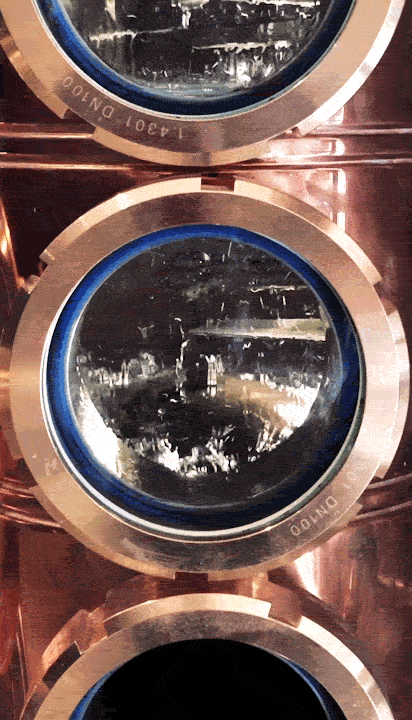
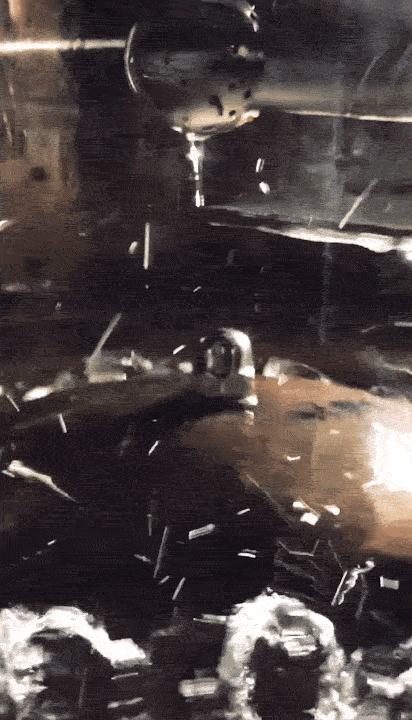
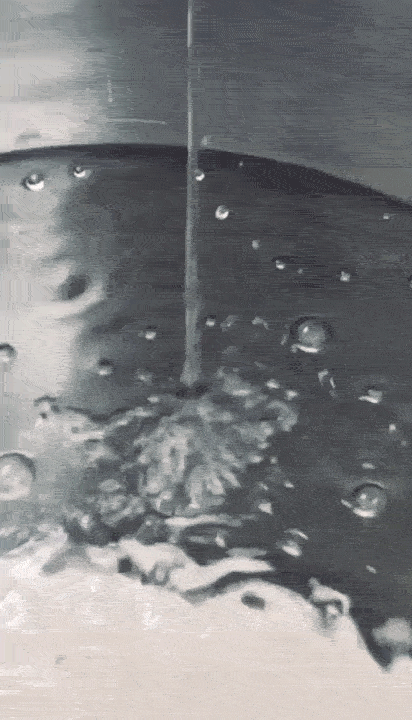
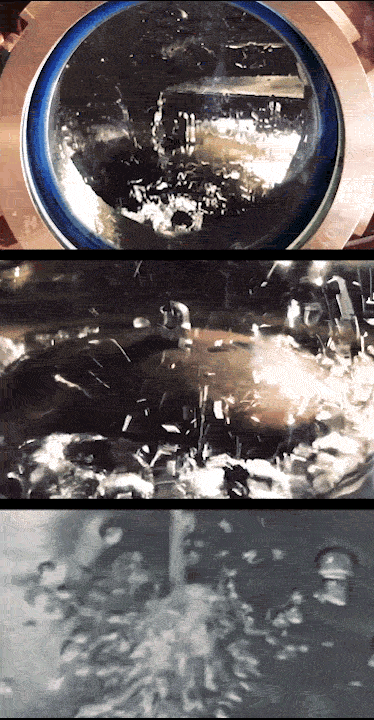
GIN & “GEIST” (SPIRIT)
THE DIFFERENCES
Almost everyone knows raspberry geist (spirit), but only a few know blood orange geist, and almost no one knows that gin is produced in an almost identical distillation process. Gin & "Geist" (spirit) are relatives in terms of their production methods. The difference lies in the legal requirements. A geist may actually only consist of one raw material. Nevertheless, here and there you also meet geist cuvées while gin, on the other hand, may consist of many raw materials, but must recognisably contain juniper.
EXTRACTION OF FLAVOURS
MACERATION
Raw materials that do not produce alcohol through fermentation are macerated. During maceration, the flavours of the raw materials are dissolved in a neutral alcohol mixture of agricultural origin and water. Whether it’s fruits, roots, herbs or flowers, each raw material reacts individually to extraction. The influencing factors are the % volume, temperature, dosage and the resting time. And not forgetting the freshness and quality of the raw materials, which make up over 90% of the quality.
BINDING AROMAS
DISTILLATION
The heart is that which is sensorially separated from the pre-run and post-run during distillation, and is thus the quintessence of each distillation. The aromas bound in the alcohol are finally condensed in the cooler and obtained as a high-proof distillate. The right balance of alcohol content, temperature and time, as well as experience are crucial for a clean distillation. With a lot of love, patience and care, we process the fresh and selected raw materials into unique distillates.
A MATTER OF TASTE
GEIST vs. BRAND
In gin and in geist spirit (Geist process), neutral alcohol of agricultural origin is used and the flavours contained in the raw material are dissolved through maceration. During the subsequent distillation, the alcohol and the flavouring substances bound within are separated from the water. In a fruit brandy (Brand process), on the other hand, carbohydrate-containing raw materials are fermented in a mash mixture, while the resulting alcohol and the flavours bound within are extracted during distillation. Decisive for the quality of the distillate in both cases are the raw materials used and the care taken during distillation.
WAITING GAME
FINISHING
A resting period of at least one to over three months for the distillate obtained by maceration and distillation is important in order to obtain a harmonious and fully aromatic tasting distillate. Fruit brandies (or Schnaps), on the other hand, should generally be stored longer. We bring our blood orange spirit to a drinking strength of 42% with a soft water, which we pre-filter especially adapted to our needs. We reduce the gin to 44% and the juniper spirit to 48%.
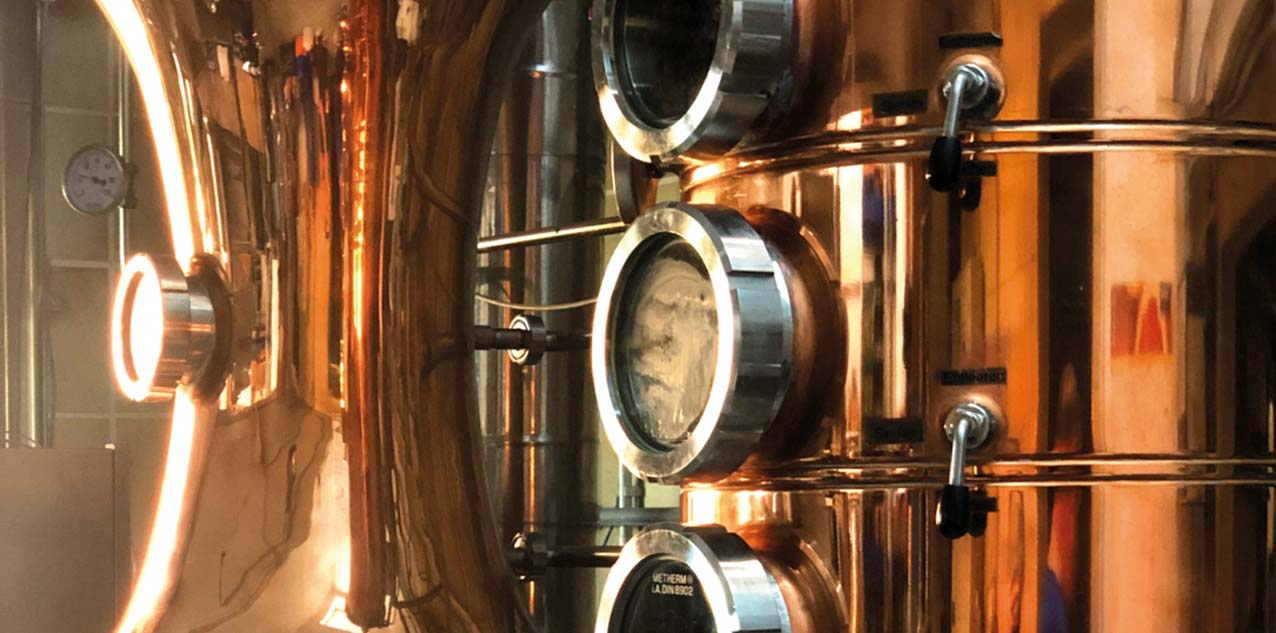
CLASSIC PRODUCTION
LONDON DRY GIN
PROCESS
Satoshi Gin is produced in the traditional London Dry Gin process, but has more of the characteristics of a New Western Dry Gin. In the London Dry Gin process, all botanicals are distilled in a single process. After distillation, no other ingredients or flavourings are added and the distillate is also not sweetened with sugar to enhance the flavours. The botanicals in Satoshi Gin are macerated before distillation.
CLASSIC PRODUCTION
LONDON DRY GIN
PROCESS
Satoshi Gin is produced in the traditional London Dry Gin process, but has more of the characteristics of a New Western Dry Gin. In the London Dry Gin process, all botanicals are distilled in a single process. After distillation, no other ingredients or flavourings are added and the distillate is also not sweetened with sugar to enhance the flavours. The botanicals in Satoshi Gin are macerated before distillation.